Modern Design of Machinery Guarding and Presence-Sensing Safety Report
VerifiedAdded on 2023/06/10
|16
|1357
|139
Report
AI Summary
This report provides an overview of modern machinery guarding and presence-sensing devices used to prevent occupational injuries. It begins by highlighting the prevalence of workplace accidents and injuries, emphasizing the importance of machine guarding. The report details common machine hazards such as hazardous motions, shear points, and points of operation. Various types of machine guards, including fixed, adjustable, and interlocking guards, are described, along with presence-sensing devices like safety light curtains, laser scanners, and safety mats. The report concludes by stressing that a proper understanding and installation of these safety devices are crucial for reducing machine-related workplace accidents. References to various studies and guidelines support the information presented, emphasizing the need for effective safety measures in industrial settings. Desklib offers more resources for students, including past papers and solved assignments.
1 out of 16
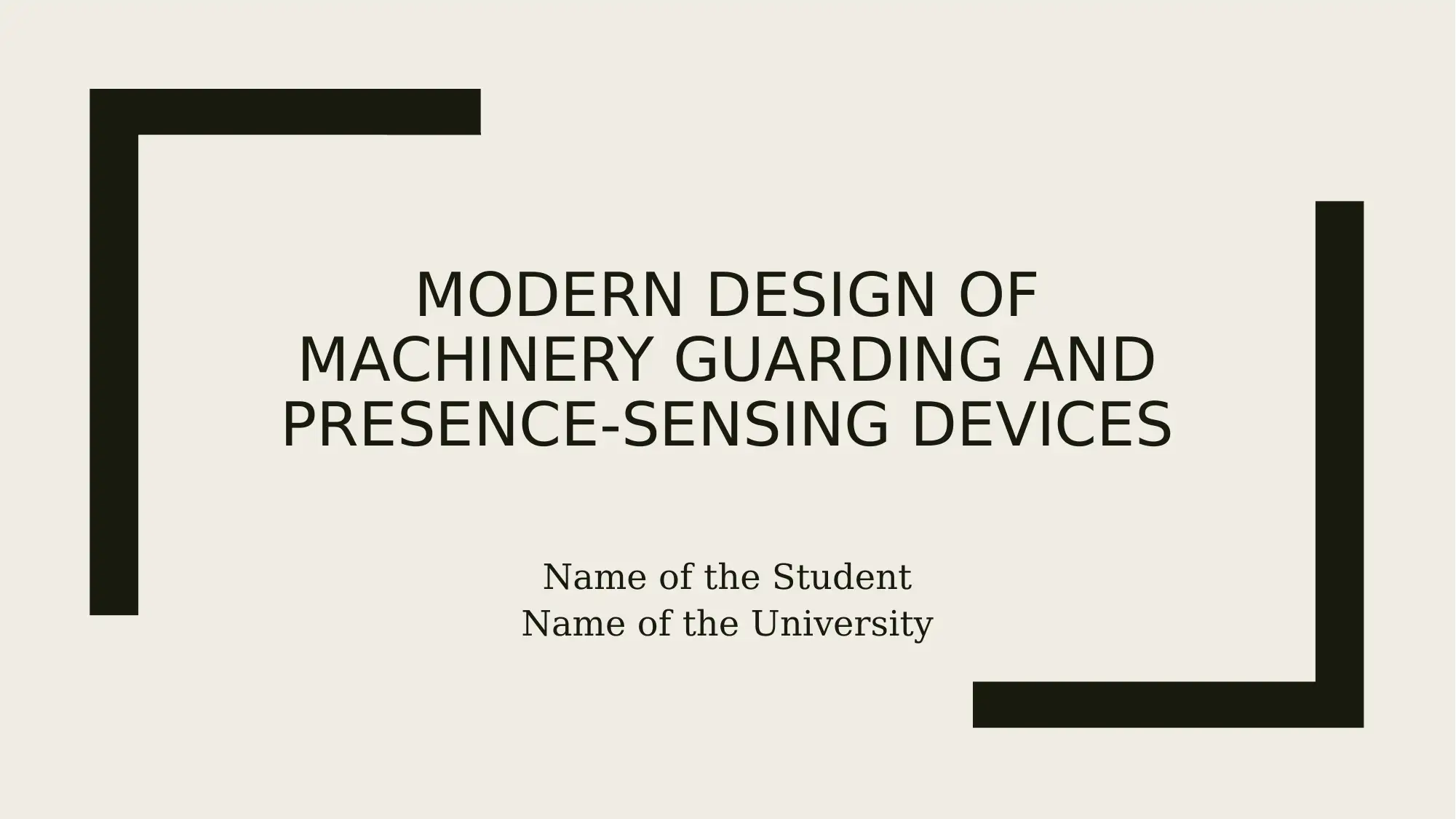
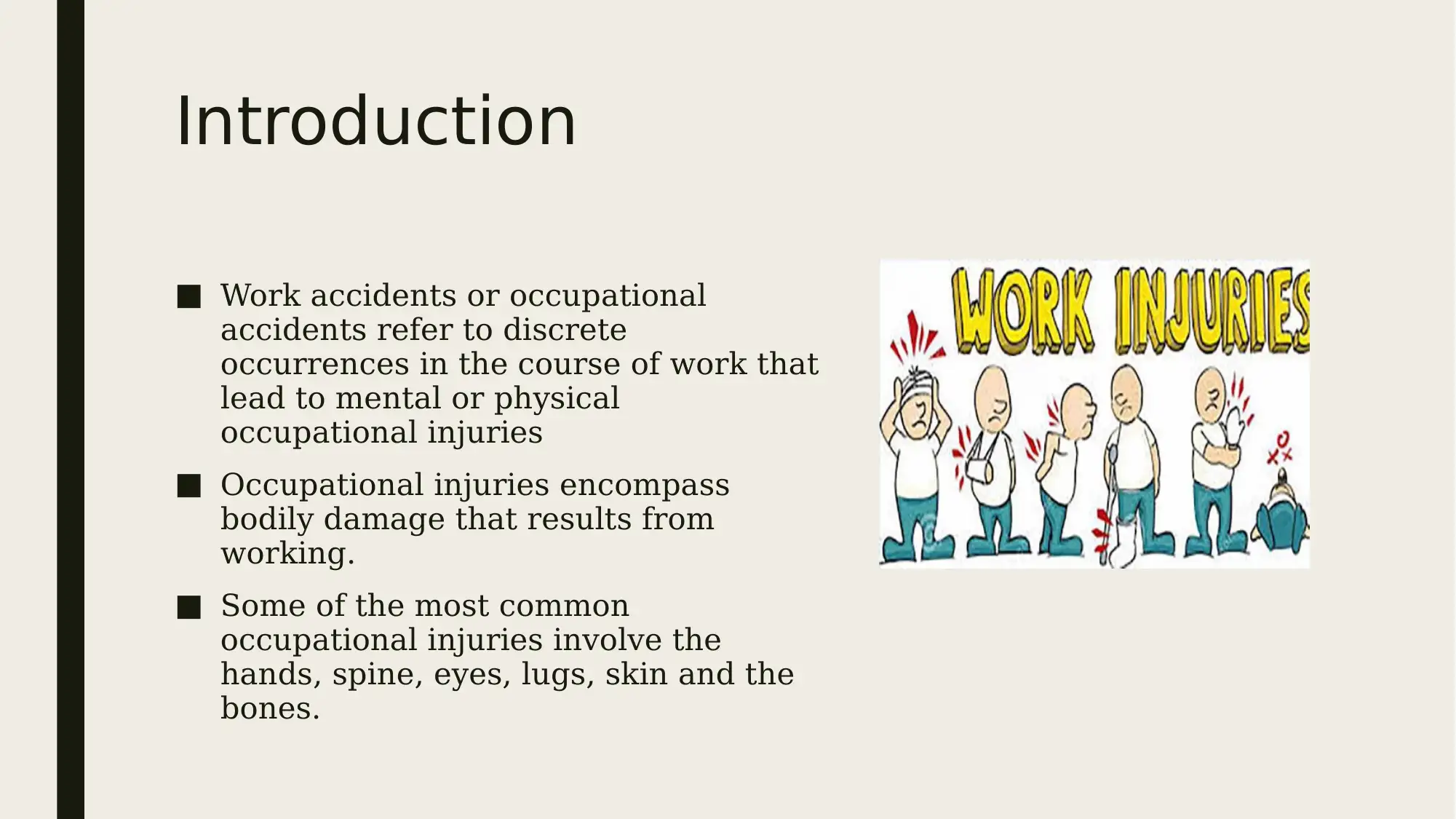
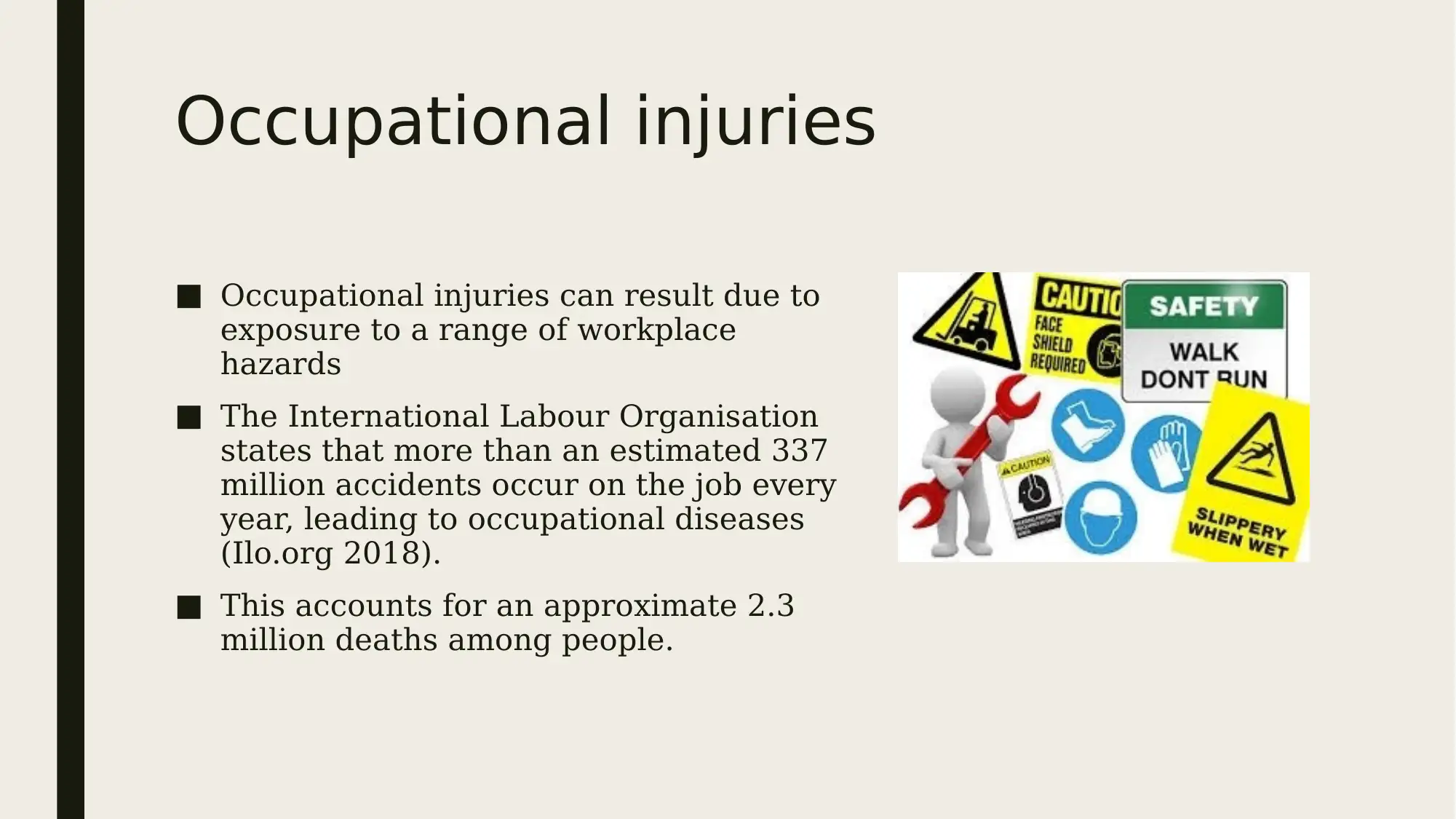

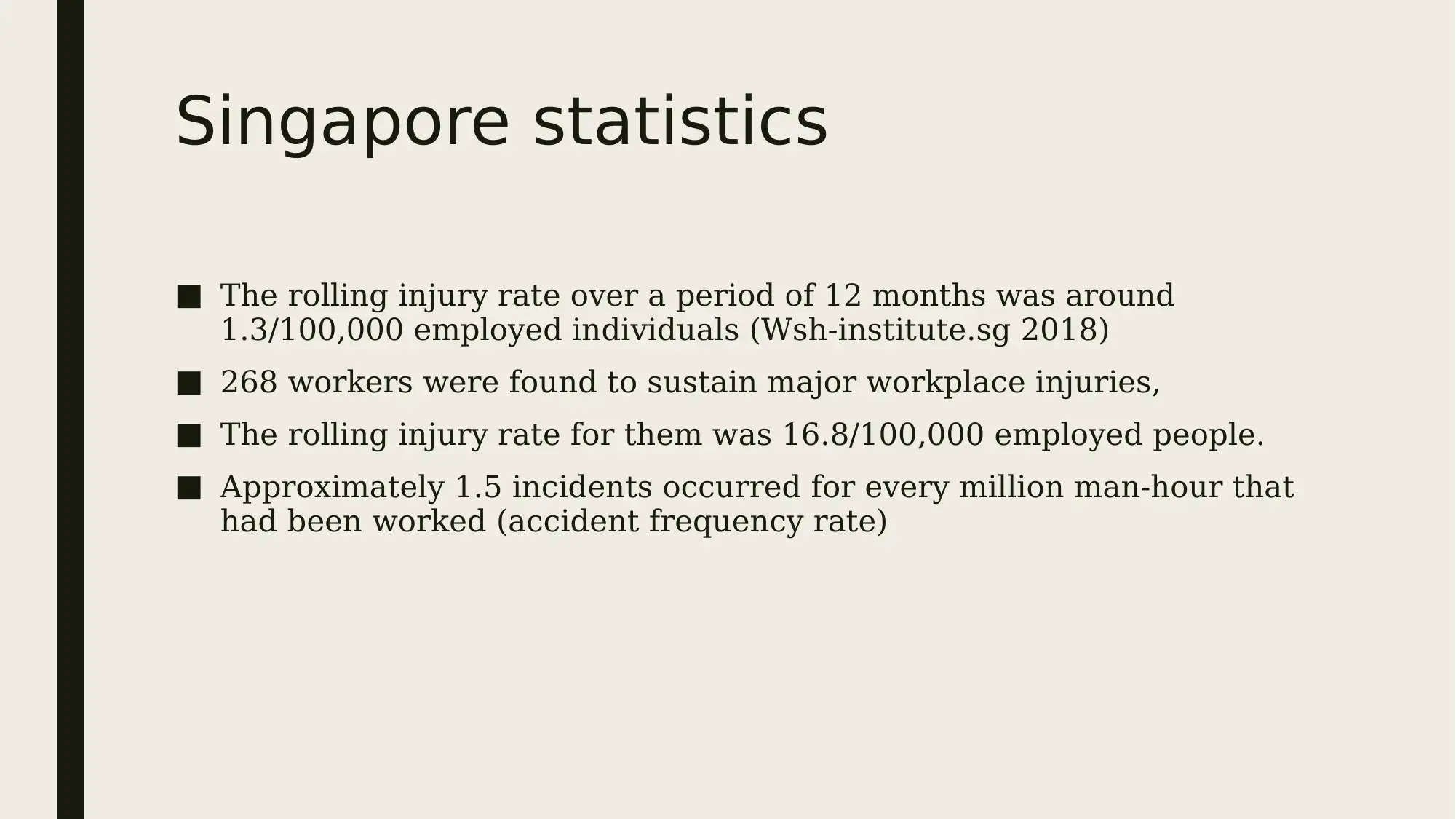
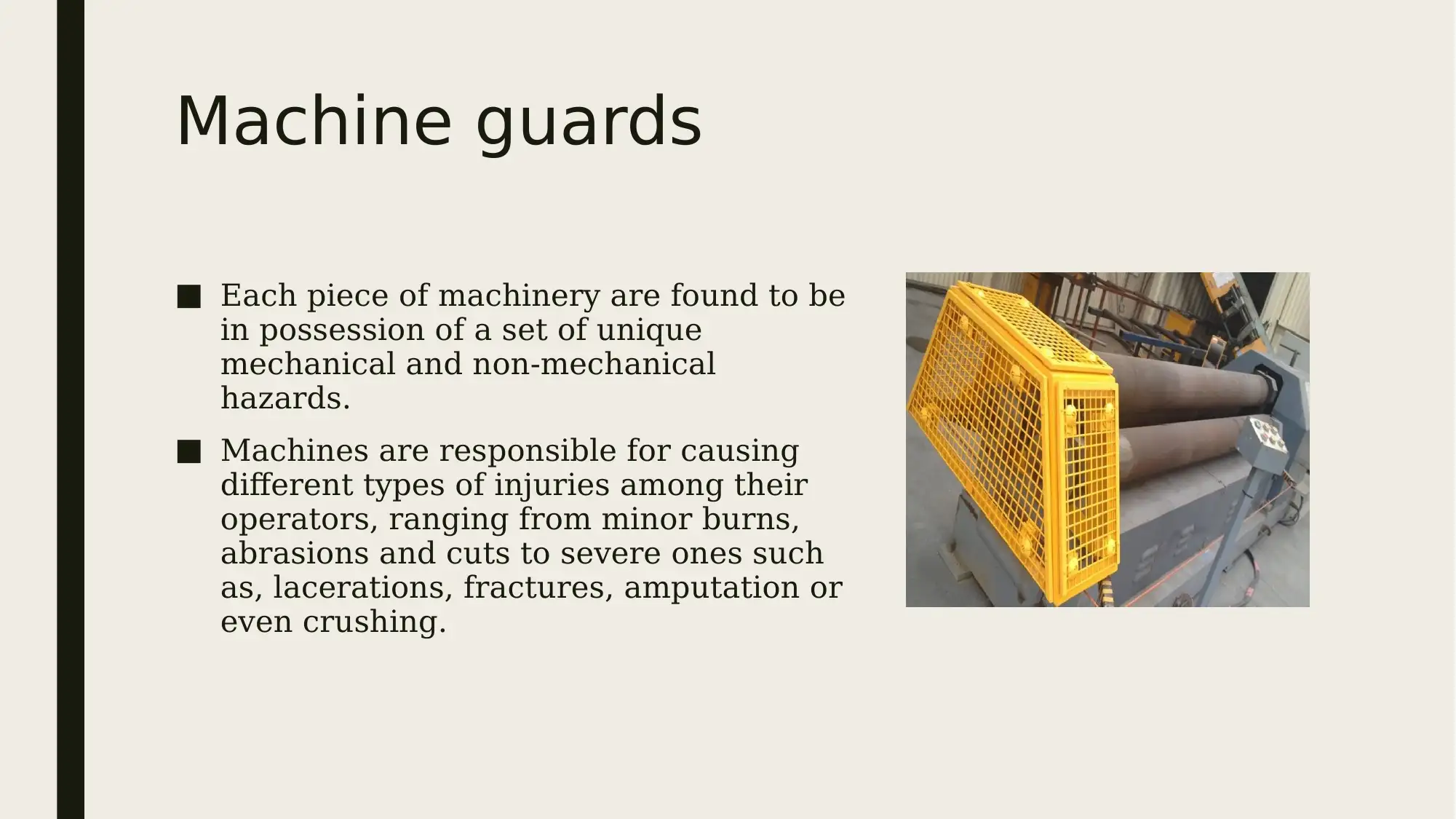
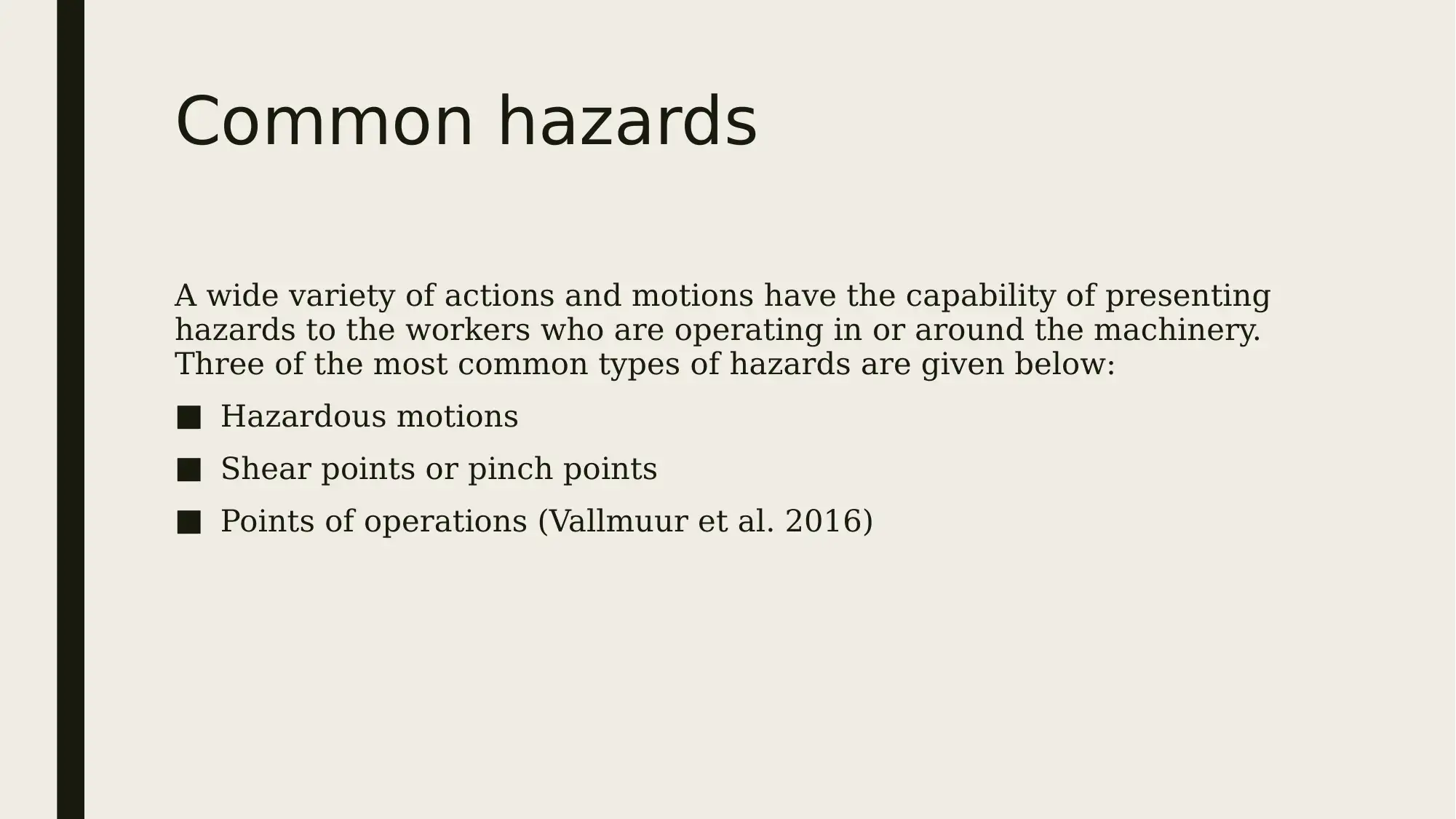
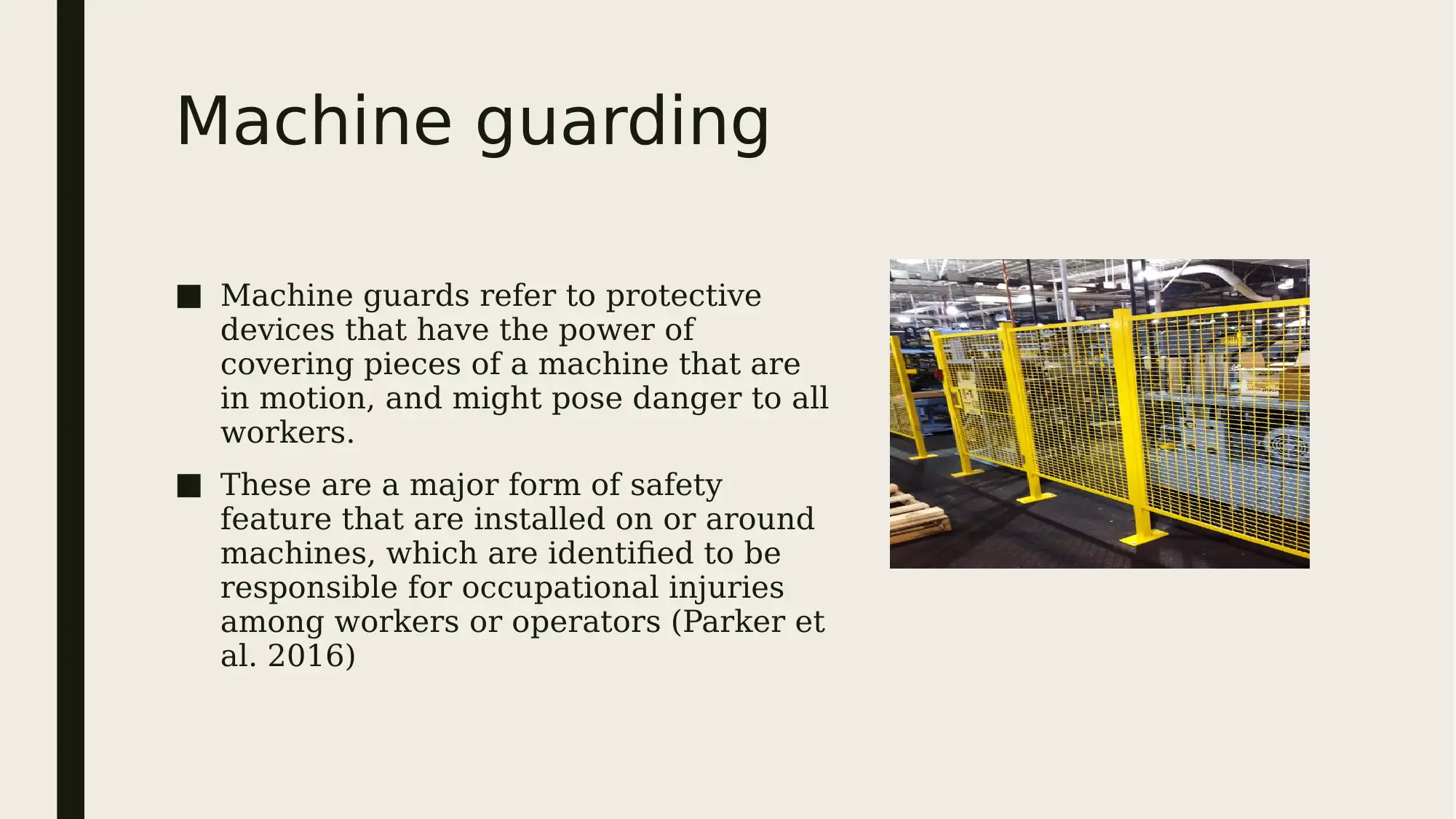
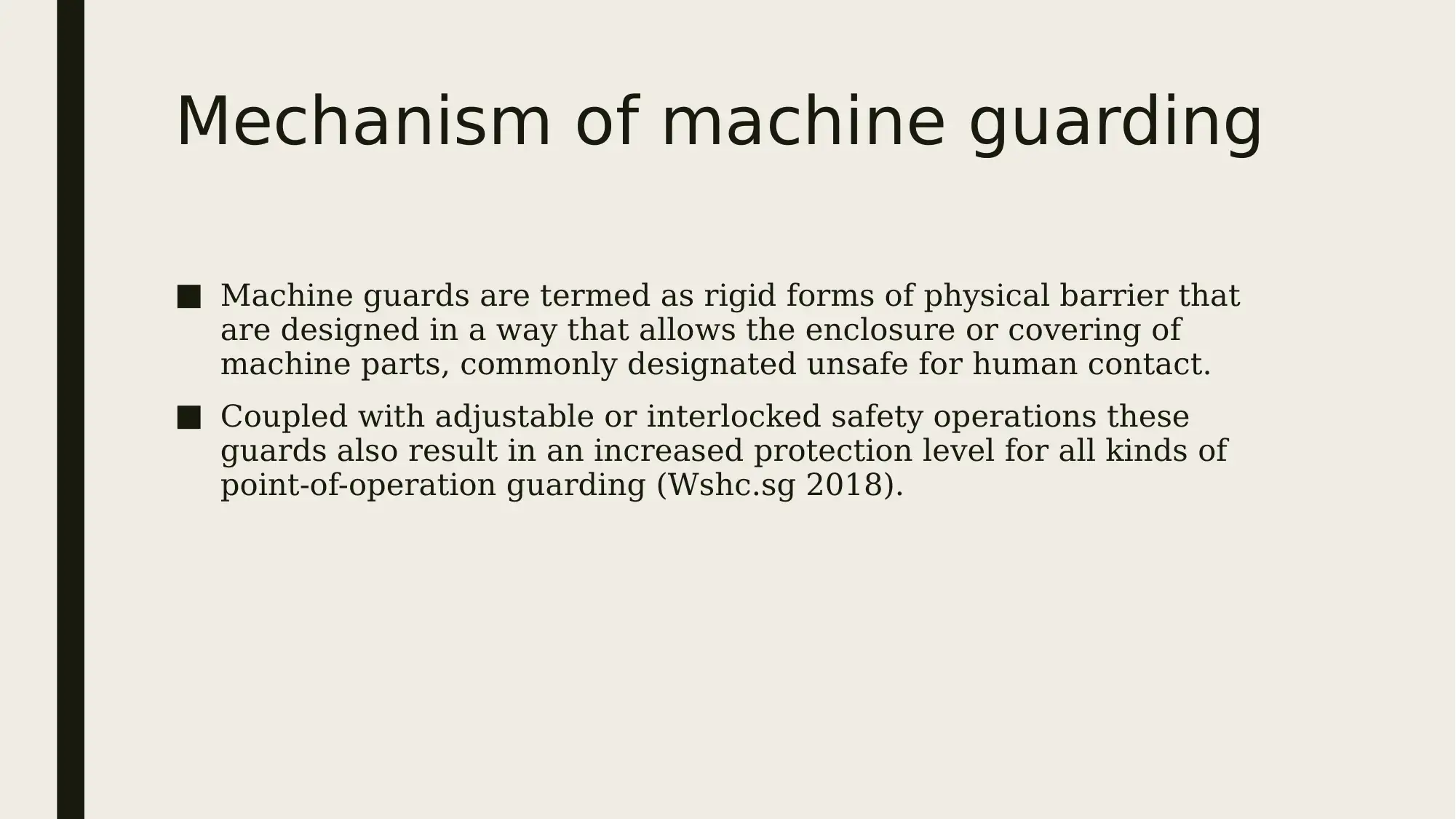
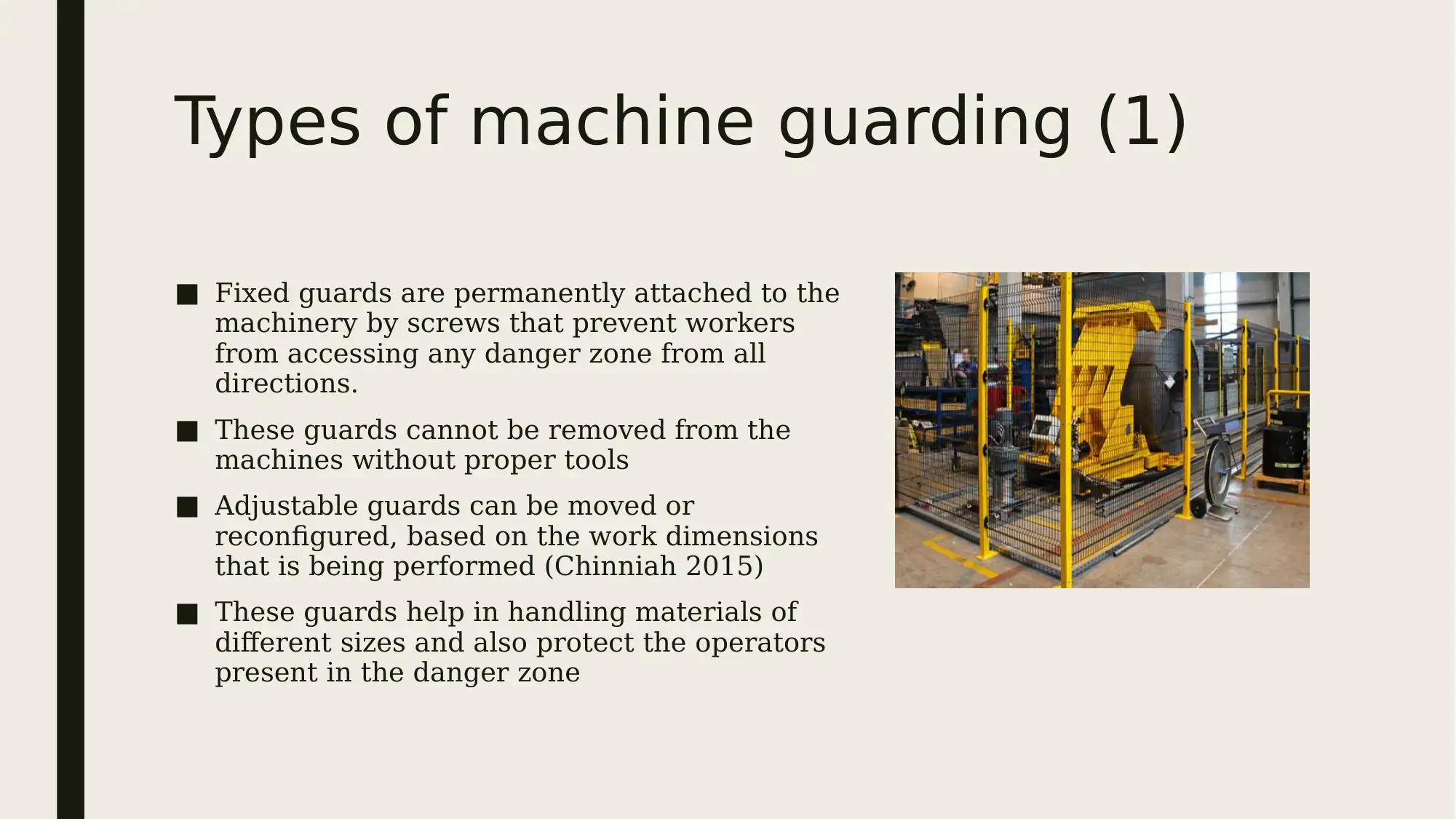
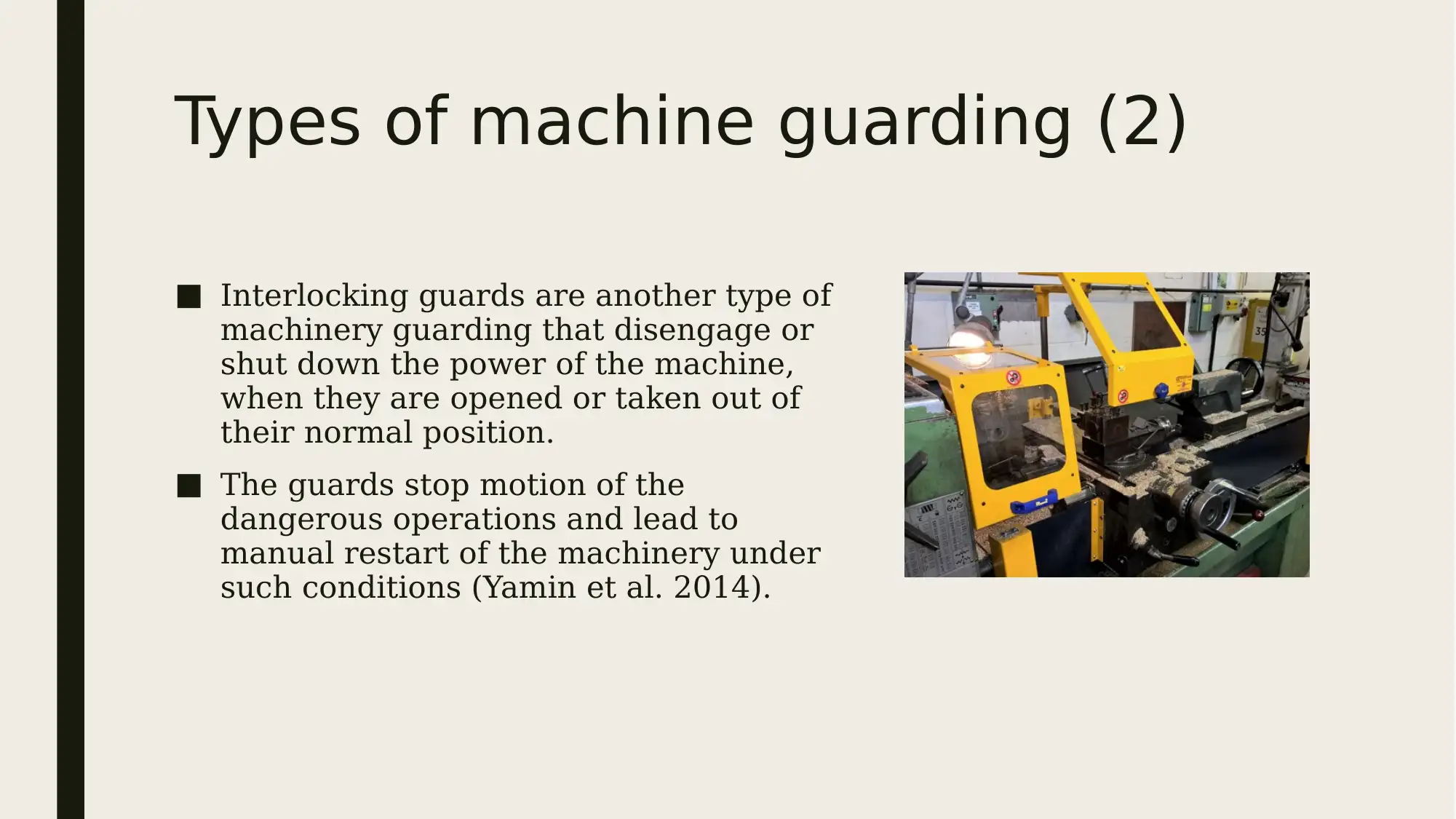
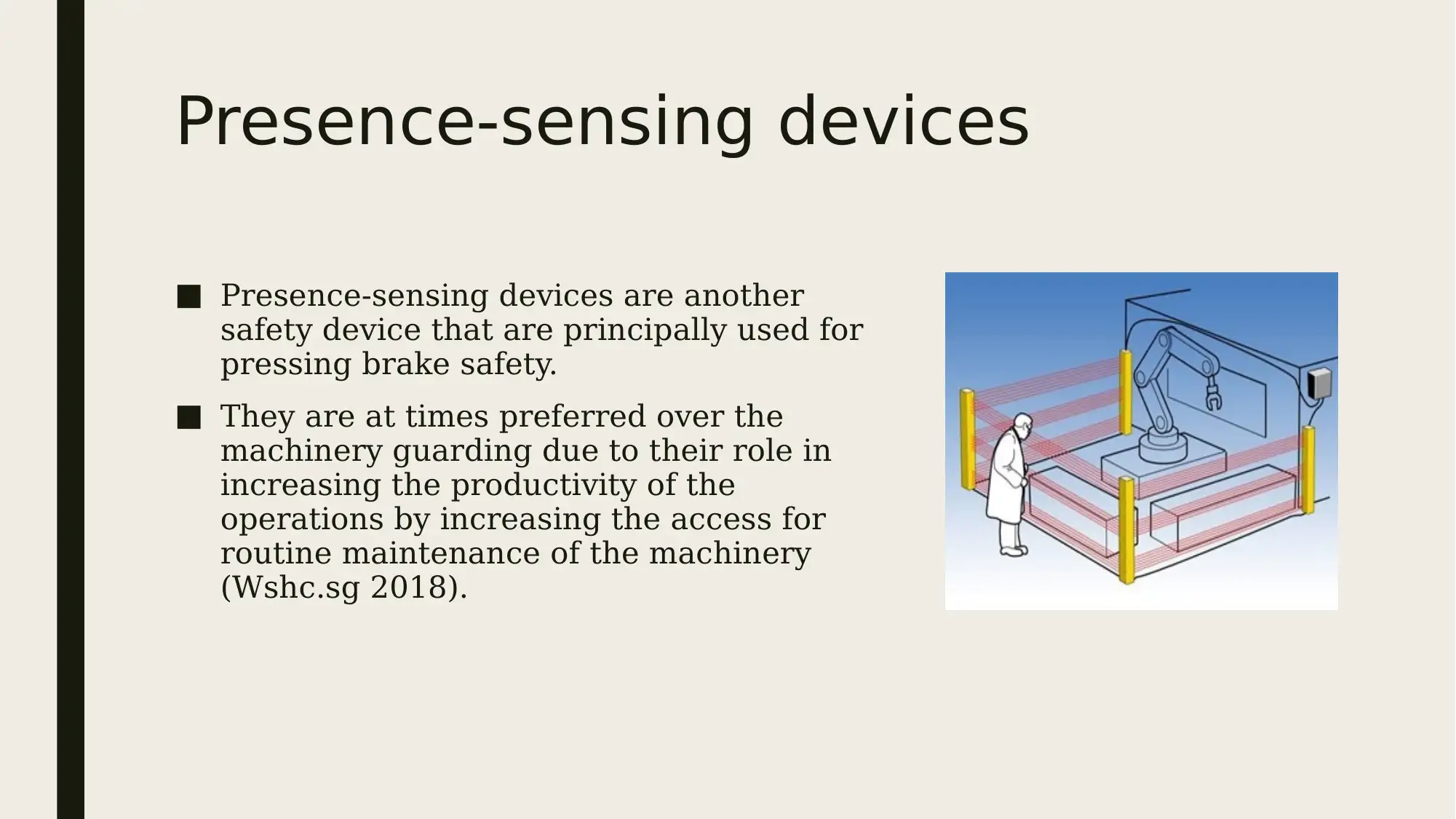
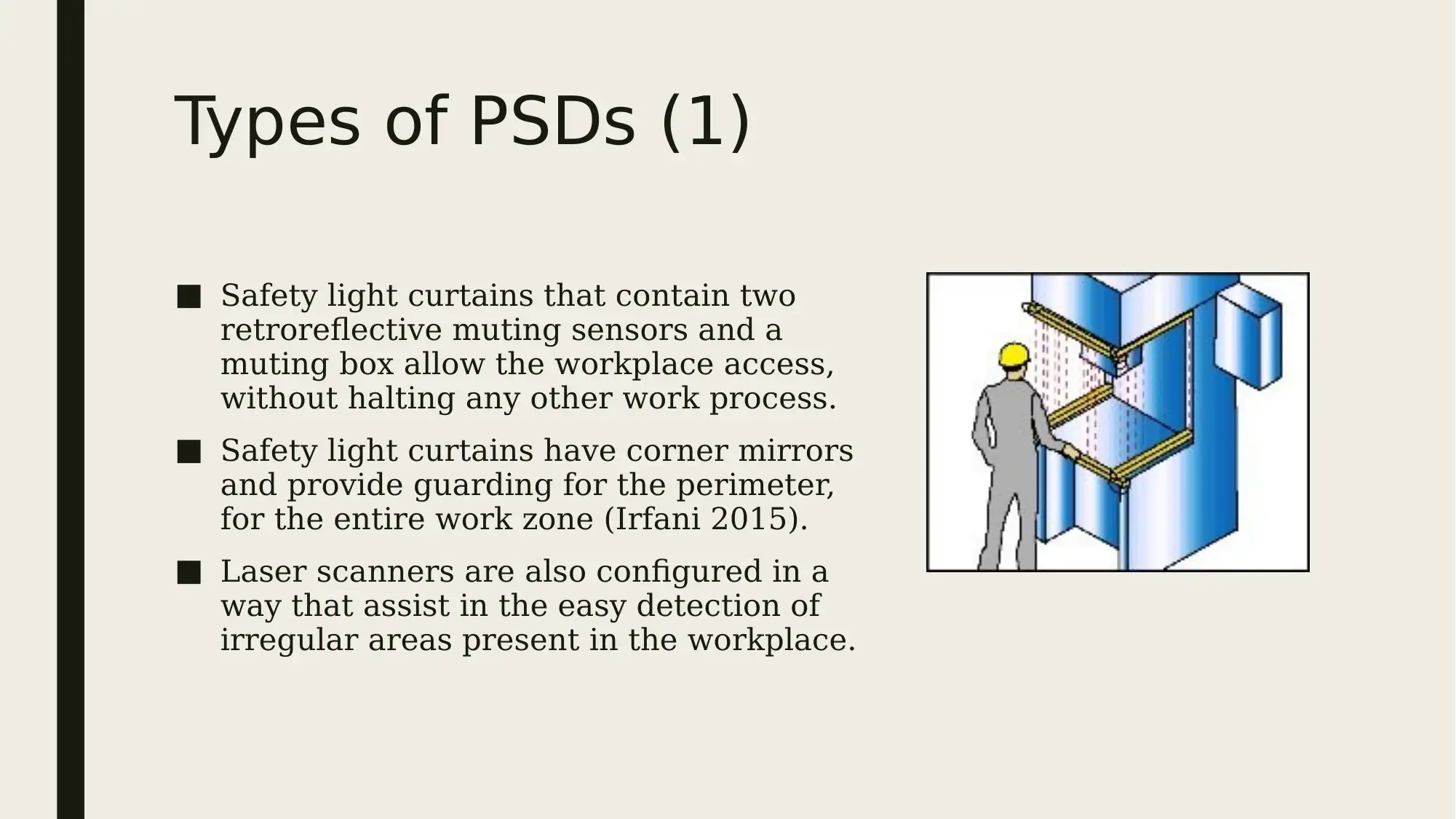




![[object Object]](/_next/static/media/star-bottom.7253800d.svg)